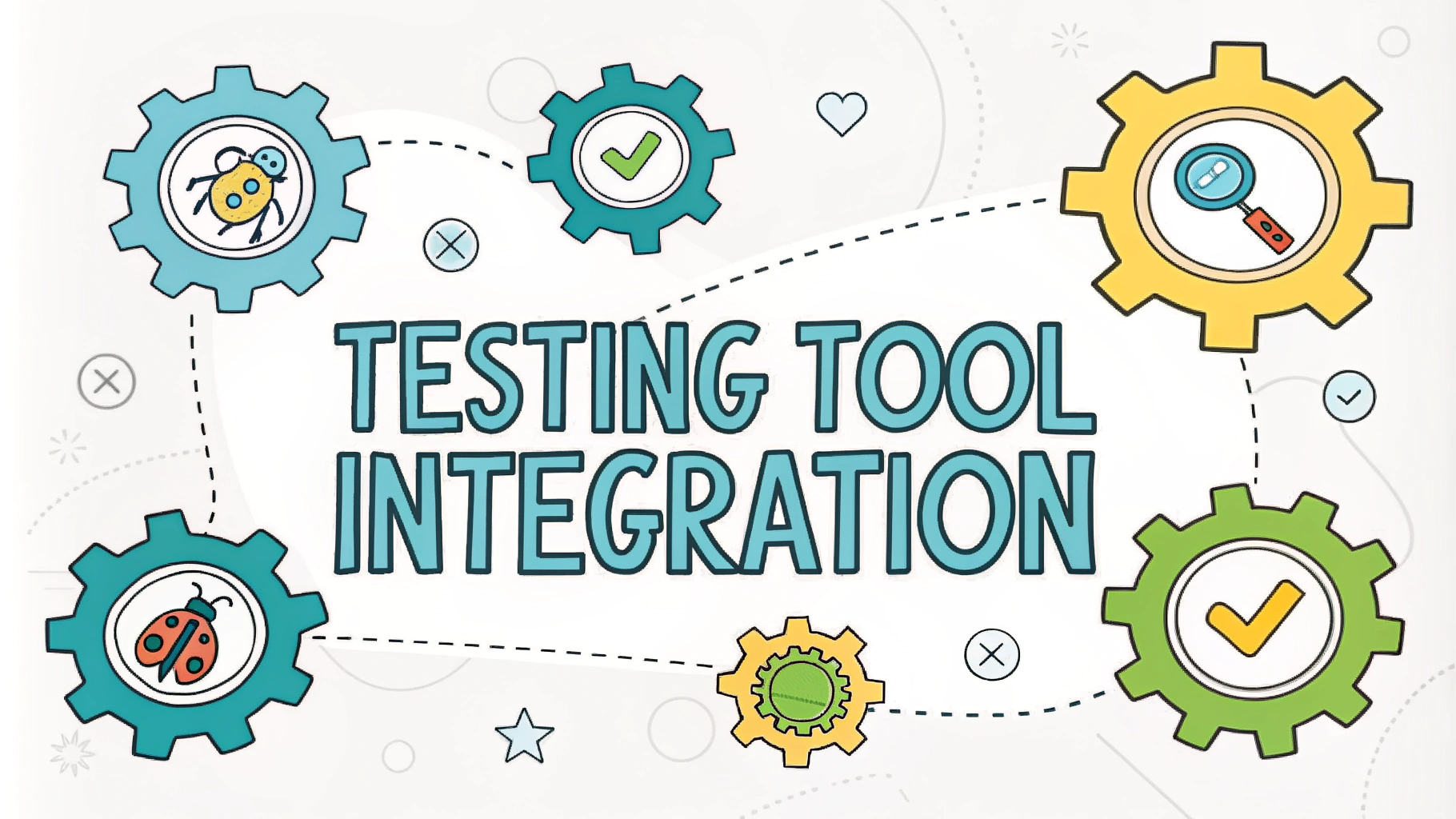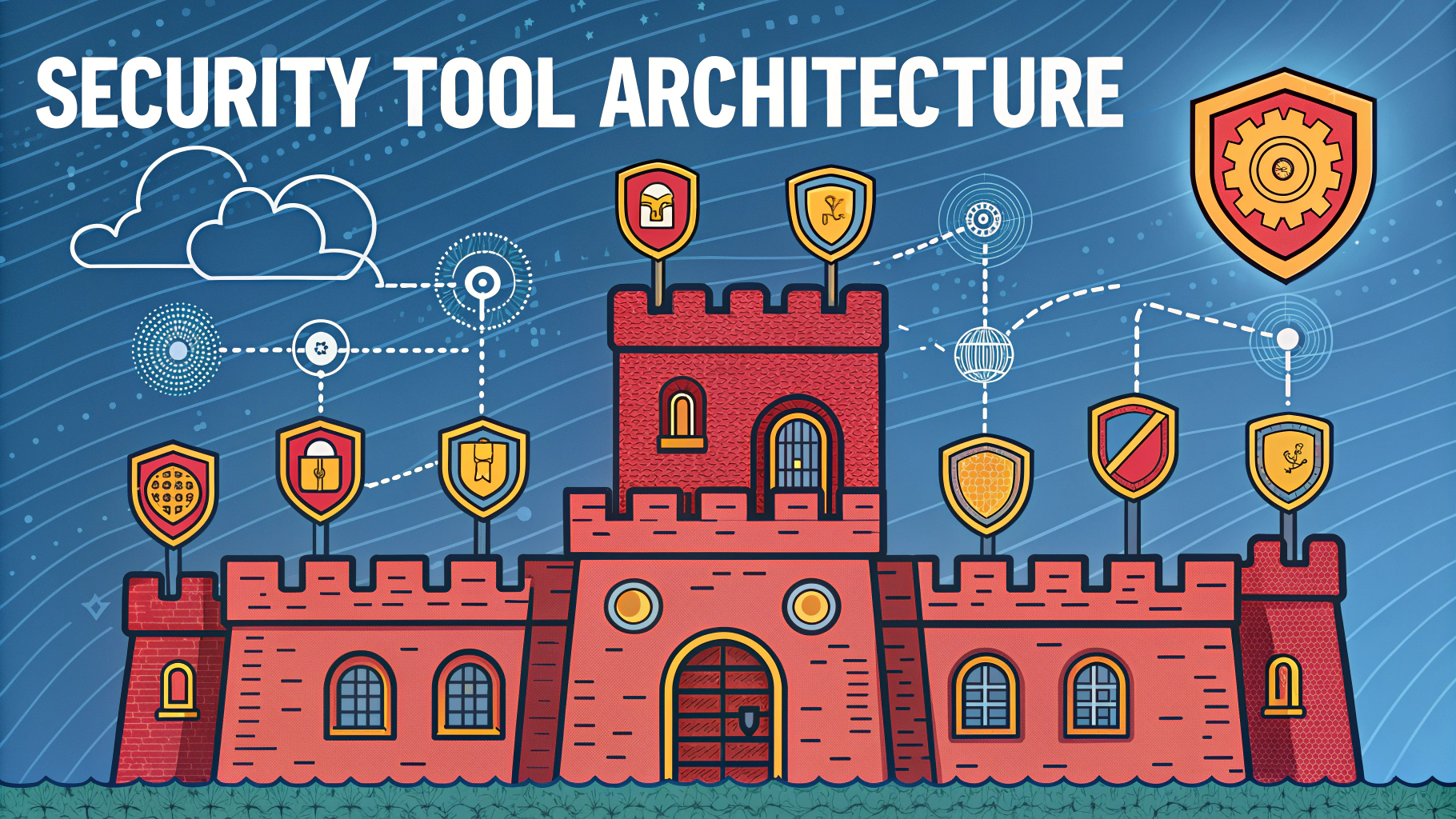Gap analysis in penetration testing identifies security weaknesses between current and desired security states.
Security teams use gap analysis to methodically evaluate their organization’s security posture against industry standards and best practices.
This guide explores effective gap analysis methods for penetration testing, helping security professionals implement robust security assessments.
Key Components of Security Gap Analysis
- Current State Assessment
- Target State Definition
- Gap Identification
- Remediation Planning
Assessment Framework Options
Common frameworks for security gap analysis include NIST SP 800-53, ISO 27001, and CIS Controls.
| Framework | Best Used For |
|---|---|
| NIST SP 800-53 | Government and large enterprises |
| ISO 27001 | International organizations |
| CIS Controls | Small to medium businesses |
Step-by-Step Analysis Process
- Document Current Security Controls
- Network architecture
- Access controls
- Security policies
- Define Security Objectives
- Compliance requirements
- Risk tolerance levels
- Business goals
- Perform Analysis
- Technical assessments
- Policy reviews
- Compliance checks
Tools for Gap Analysis
- Nessus Professional – Vulnerability scanning
- Metasploit Framework – Exploitation testing
- Qualys – Compliance scanning
- OpenVAS – Open-source vulnerability assessment
Common Gap Areas
- Patch management processes
- Access control mechanisms
- Network segmentation
- Incident response procedures
- Security awareness training
Documentation Requirements
Document findings using standardized templates that include severity ratings, impact assessments, and recommended remediation steps.
Remediation Planning
- Priority Assignment – Based on risk level
- Resource Allocation – Staff and budget
- Timeline Development – Implementation schedule
- Progress Tracking – Milestone monitoring
Next Steps for Implementation
Contact certified security professionals or penetration testing firms to begin your gap analysis process (SANS Institute maintains a directory of certified professionals).
Success Metrics
- Reduction in security incidents
- Improved compliance scores
- Decreased time to detect threats
- Enhanced security posture measurements
Building Long-term Security
Schedule regular gap analyses (recommended quarterly) to maintain an effective security program and adapt to new threats.
Regular Assessment Schedule
Maintain a consistent assessment schedule to ensure continuous security improvement:
- Quarterly vulnerability assessments
- Semi-annual policy reviews
- Annual comprehensive gap analysis
- Monthly security metrics review
Stakeholder Communication
Establish clear reporting channels for gap analysis findings:
- Executive summaries for leadership
- Technical reports for IT teams
- Compliance documentation for auditors
- Progress updates for stakeholders
Integration with Security Programs
Risk Management
- Align findings with risk register
- Update threat models
- Adjust security controls
Compliance Management
- Map gaps to compliance requirements
- Document remediation progress
- Maintain audit trails
Strengthening Your Security Posture
Gap analysis serves as a cornerstone for continuous security improvement. Organizations should:
- Maintain detailed documentation of all assessments
- Update security policies based on findings
- Invest in recommended security tools and training
- Build a culture of security awareness
- Stay current with emerging threats and countermeasures
FAQs
- What is Gap Analysis in penetration testing?
Gap Analysis in penetration testing is a systematic process of identifying differences between current security controls and required security standards or compliance requirements, helping organizations understand where their security posture falls short. - What are the primary components of a security Gap Analysis?
The primary components include current state assessment, desired state definition, gap identification, risk assessment, and remediation planning. - How often should organizations conduct security Gap Analysis?
Organizations should conduct Gap Analysis at least annually or when significant changes occur in infrastructure, after major security incidents, or when new compliance requirements are introduced. - What standards are commonly used as benchmarks in security Gap Analysis?
Common benchmarks include ISO 27001, NIST Cybersecurity Framework, CIS Controls, HIPAA Security Rule, and PCI DSS requirements. - How does Gap Analysis differ from Vulnerability Assessment?
Gap Analysis focuses on comparing security practices against standards and frameworks, while Vulnerability Assessment specifically identifies technical vulnerabilities in systems and applications. - What are the key deliverables of a Gap Analysis?
Key deliverables include a detailed findings report, compliance status matrix, risk assessment document, remediation recommendations, and prioritized action plan. - What role does automation play in Gap Analysis?
Automation tools help streamline the analysis process by automatically comparing configurations against security baselines, generating compliance reports, and tracking remediation progress. - What are the common challenges in performing Gap Analysis?
Common challenges include incomplete documentation, resource constraints, complex compliance requirements, evolving threat landscape, and difficulty in prioritizing remediation efforts. - How does Gap Analysis contribute to overall security posture?
Gap Analysis helps identify security weaknesses, ensures compliance, guides security investments, reduces risk exposure, and provides a roadmap for security improvements. - What skills are required to perform effective Gap Analysis?
Required skills include security architecture knowledge, compliance expertise, risk assessment capabilities, technical understanding of security controls, and strong analytical abilities.







